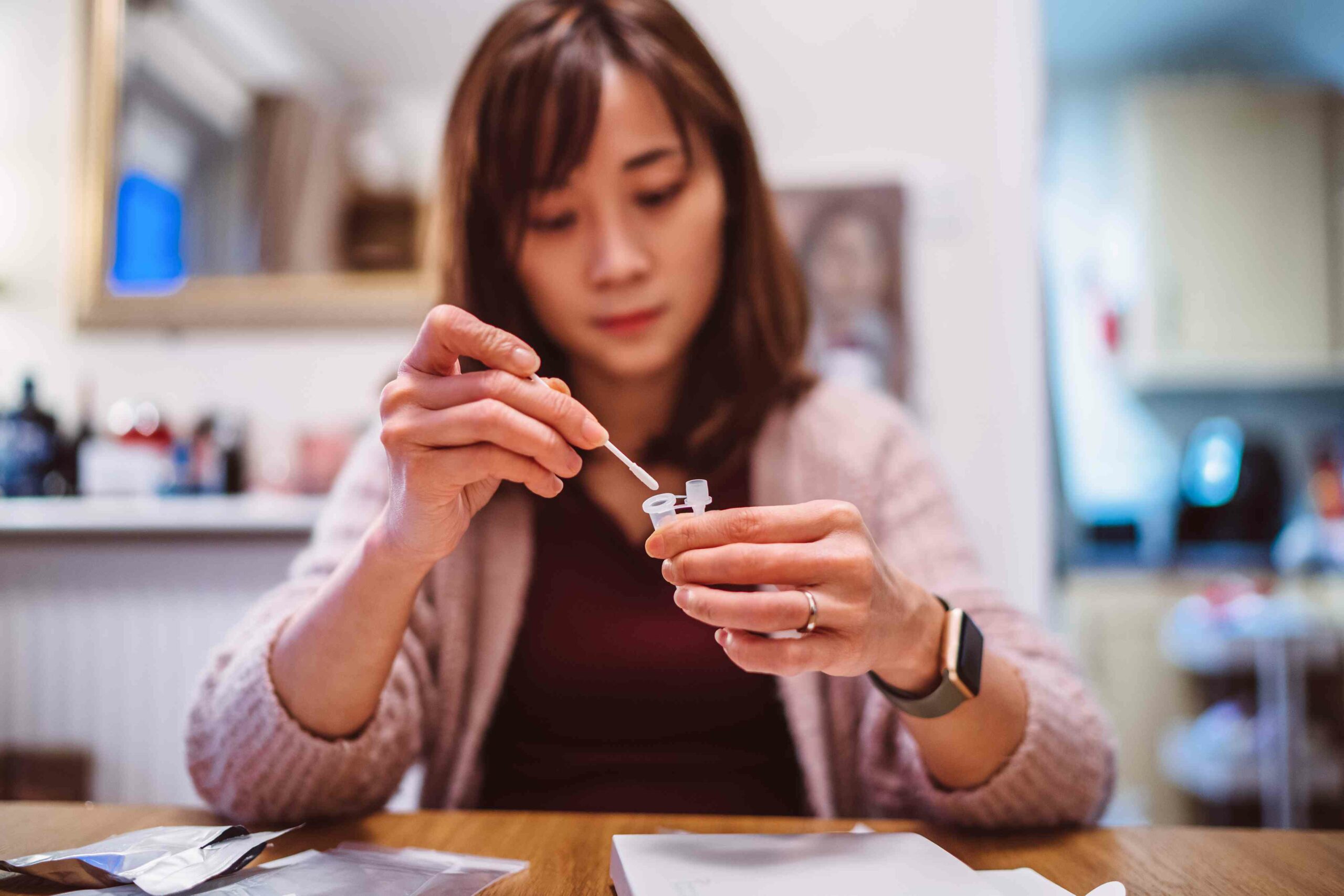Human papillomavirus (HPV) is the most prevalent sexually transmitted infection (STI) in the United States—so widespread that almost everyone will catch it at least once in their lifetime, most frequently without even realizing it.
There are nearly 200 different strains, some of which spread during sexual activity through skin-to-skin contact. Even though most strains are low-risk and show no symptoms (other than genital warts in some people), HPV can cause serious and long-term health concerns, such as cervical cancer, if left untreated.
That is why, between the ages of 25 and 65, the American Cancer Society recommends being tested for HPV every five years.
What Is HPV?
The human papillomavirus (HPV) family of viruses is responsible for cervical cancer, genital warts, and other malignancies. There are over 200 different varieties of HPV (only some of which are transmitted by skin-to-skin contact during vaginal, anal, or oral intercourse), but most are considered low-risk, likely clearing up on their own without symptoms other than perhaps warts on the genitals, mouth, throat, or anus.
High-risk HPV is a problem for everyone, regardless of gender or sexual orientation—or the gender or sexual orientation of your partner(s). Fourteen strains—HPV 16, 18, 31, 33, 35, 39, 45, 51, 52, 56, 58, 59, 66, and 68—are deemed high-risk due to the frequency with which they cause:
- Cervical cancer
- Vaginal cancer
- Vulvar cancer
- Penile cancer
- Oropharyngeal cancer, or cancer of tissues in the throat or back of the tongue
- Anal cancer
HPV 16 and HPV 18 in particular are more prone to cause malignant alterations in the cells of the infected area of the body.
Does HPV Cause Symptoms?
Because an infected person may not exhibit any symptoms, it is difficult to determine your risk during any specific sexual contact.
Even if you only had one sexual partner during that time, nearly everyone who has sex will have an HPV infection in the first several years of being sexually active. Most people’s immune systems will fight off the virus before any symptoms appear, usually within two years. However, after many years of negative test findings, an old HPV infection can reappear. It can also be passed to your kid via a surgical section or vaginal birth.
What Should You Know Before Taking an At-Home HPV Test?
An HPV test looks for indications of a high-risk HPV infection in your cervical cells. It is not the same as a Pap test (or “Pap smear”), which checks for precancerous cell alterations and abnormalities—though these tests can be done in person at the OB-GYN at the same time in a process known as co-testing. The results show your current risk of cervical cancer.
The at-home HPV tests in this overview all claim 99% accuracy (the iDNA HPV Test claims 99.9% accuracy). However, it’s vital to understand that an HPV test, whether in person or at home, can only tell you if you have an infection: It cannot tell you the extent or type of precancerous cellular damage that has occurred. To obtain that information, you must undergo a Pap test.
How Often Should You Get Screened?
With 43 million infections reported in 2018, HPV is the most frequent STI in the United States. When you consider that at least 31,500 adults in the United States are diagnosed with HPV-related malignancies each year, it’s easy to see why regular screening is so crucial. However, if you are immunocompromised, have HIV, or have had an aberrant result, your doctor may advise you to undergo more regular testing.
How to Choose an At-Home HPV Test
There are several aspects to consider while shopping for an at-home HPV test, including:
- Price: whether cost is an issue, look into low-priced tests first to determine whether they have the functionality you desire.
- Insurance: If you have insurance, choosing a provider that takes insurance for its test kits may result in reduced overall costs.
- Availability: varied states have varied laws regarding in-home health testing. Most at-home tests, for example, cannot be shipped to New York. Before becoming too enamored with a particular kind of test kit, make sure to read the tiny print.
- Accuracy: For utmost trust in your results, select an at-home test with an accuracy of 99% or greater than assessed by a CLIA-certified and/or CAP-accredited laboratory.
- Wait time for results: If time is of the essence, choose a provider that advertises a faster turnaround for results.






































No Comments